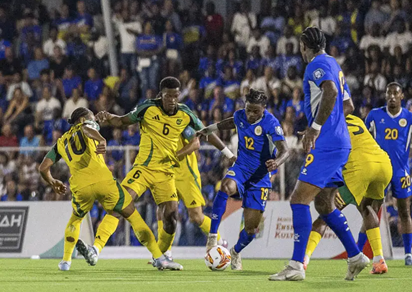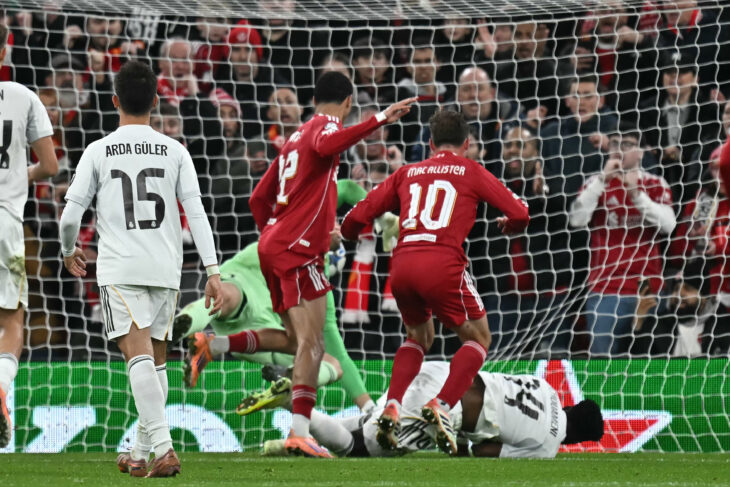
COVID-19’s closure of racing has resulted in plenty retrospection by ye olde Touty which revealed a column I wrote (published 2003) that, ironically, could’ve been published today. So here’s an edited reboot.
“This series is unashamedly about betting and, more particularly, successful betting. Over the years I’ve tried to educate readers (both of them) regarding the many illusions that abound in the world of betting and alerted them to some simple principles and techniques which, if consistently applied, should allow them to avoid being trapped by the lure of these mirages. I’ve told you, for example, to avoid backing three year olds against older horses at distances in excess of 1,200m in the first half of the year and to avoid backing fillies against colts/geldings in the summer again especially in races beyond 1,200m.
Especially in sprints, I’ve warned you not to get sucked into the mathematicians’ trap of handicaps and formulas because, in sprints, speed is the main determining factor. I’ve also tried to protect you from a corresponding obsession with speed particularly in races of 1,600m+ where pace (and weight) are paramount. I’ve shown you how to catch winners at huge prices by looking for the fillies with dull summer form in the final third of the year (again, especially at 1,600m+) and I’ve trained you (nay, beseeched you) to be wary of hype and to avoid over-touted favourites at all costs. Remember, public tipsters are followers of yesterday’s success whilst what we’re about is foreseeing tomorrow’s.
But there’s one trap from which no-one can rescue you, namely a Tote determined to ensure that, no matter how sagacious you might be, losing is your only option. Let me explain. Real Bookmakers (overseas) “dutch” their books at around 110% (stakes as a percentage of payout) which roughly equates a Tote takeout of 9.1%. Many articles have recently been written on the subject of USA Tote takeouts which vary among states but average out in the low teens from the win pool.
Even in England, racing authorities as archaic as you can imagine have seen the light and, as of March 11, Tote takeouts were reduced from 16% (considered much too high) to 13.5% in win pools and from 24% to 18% in place pools. It’s too early to tell, but the first day’s results were encouraging. The Tote win dividend beat Bookies’ Starting Prices in nine of 20 races; was the same in one; and lost in ten.
Now, compare that to our paradise where an extortionate 30% comes out of the Tote on all win/place betting. In bookmaking language, this is an unimaginable 145% Book! What earthly statistical chance does any punter have when, out of every $10,000 brought to the track, $3,000 is guaranteed to remain there? I realize it’s difficult for the average punter, whose only concern is picking winners, to appreciate how this makes him a sure loser so perhaps I can put it to you this way.
A good batting average in punting is 1 winner in 3 selections or .333 (as the Americans would say). Let’s say you’re at a track in America with $30 fully intending to buy three selections at $10 each. The first two lose so you figure it’s your turn now and, with your selection looking good in the parade and $100,000 in the pool for the third race, you plump your last $10 on a nag who eventually sells 29,000 tickets. That track has a 13% takeout, so your nag duly obliges at 2/1 and you get back your $30 to try again.
In good ol’ Jamaica, with our 30% takeout, that same nag wins at 7/5!!
You heard me — 7/5 and, in all probability, third favourite to boot. For your $10 you scurry to the payout window to collect a measly $24. You have lost $6 on the deal and leave the window with a quizzical look and a feeling “I wuz robbed?” Yet, you remain ahead of the majority of fellow punters as your percentage loss (20% of your stake) is less than the average loss by all present (including the winners) which is the 30% of all stakes retained by the racetrack! So, you see, at 30% takeout, even when you win, you lose.
And our precious bookies are no better. In local betting, they act as agents of the Tote in everything but name, taking bets at Tote odds (30% takeout) and they offer 80% of the odds on overseas racing which means that they are arbitrarily deducting 20% off a dividend from which 10%+ has already been deducted at source (overseas bookies).
I encourage local bookies to lead the way by abolishing the oppressive 20% deduction on overseas odds and by opening their own book on local races. Gentlemen, returning to the past won’t help. What is needed is a bold step into the future recognizing where your real competition lurks. A word to the wise….
[UPDATE: In the ensuing 17 years, local bookmakers were unwise, illiterate or deaf; ignored the above advice; and have now almost disappeared from the marketplace either by severe contraction or hostile takeover].
So, pardon me if I find betting on local racing a bore and a chore. In today’s global environment, nobody needs to bet on local races. There are simpler, more convenient ways to enjoy a flutter at realistic odds/takeouts where, although the bookie retains his edge, a discerning punter can, if he’s patient and applies correct principles, finish ahead of the game more often than not. It won’t be long before more punters latch on to these global avenues leading away from a local product mired in mediocrity and strife yet arrogantly behaving as if it still has a captive audience.
One day, we’ll realize we’re not the only show in town and get our act together to compete globally. It can be done. But the first step is to stop bleating about purse increases for a sub-par product and focus on better treatment of the only possible source of increases, namely Joe Punter. It all begins with his dollar and we’d better begin to respect that if we want to get anywhere.”
Plus ça change, plus c’est la même chose….
DEPARTMENTS:
Taking a Trip
The local racing lockdown has caused a suspension of the usual “Clocked-In” department but we’ll look at some notebook horses based on “Trip Handicapping”.
Pharoah It Is (March 14; Race 4; 3yo maiden condition; 1600m) was put up in January as a Horse to Follow for 2020 as follows:
“only had one run in a back-end maiden over 1000m (round) where he was slowly away and took a long time to work out what was required running green early in the straight as well. But he came home well enough (hands alone) to run a fair fourth. His dam Noon It Is was a high class imported mare who won the Easter Sprint Cup and was multiple grade one placed including 3rd in the Imported Mile. As a grand-daughter of Belmont Stakes winner Touch Gold she’s certain to be an influence for stamina as is his sire Market Rally so it’s safe to expect this nice looking colt to show marked improvement when stretched out over 1600m+. He looks a smart prospect.”
He returned on March 7 (without his debut headgear) and ran abysmally behind another horse to follow Above and Beyond but, with blinkers fitted, ran a race of great promise here despite again slowly into stride and obeying “social distancing” rules on the backstretch. Under pressure from 400m out he picked up late and finished with a flourish full of running. The enforced break could bring further development so it isn’t optimistic to expect him to run well in a classic like the Derby.
Kingsman (February 22; Race 1; 4yonw4; 1820m) ran an awful race tactically (under new jockey Dane Dawkins) as a tearaway leader for 1,400m before unsurprisingly weakening badly. Don’t be fooled into believing he’s a non-stayer. In my opinion jockey and trainer (fitted him with a first time figure 8) erred badly. There’s plenty of stamina on his dam side (dam sire Lemon Drop Kid won the 1999 Belmont). Sire Discreetly Mine sired a Juvenile Dirt Sprint winner and himself flopped in the Kentucky Derby (on a sloppy track; had beaten Derby winner Super Saver on a fast track as a 2yo) but won the Grade 2 Risen Star at 1 1/16th mile. Draw a line through this effort.
Overseas Betting Opportunities (OBOs)
All I can advise in a world of cancellations is that Belarus’ Premier League stubbornly soldiers on. Last year’s champions Dinamo Brest seem ripe for the emotional letdown that almost always follows a lifetime high and likely conquerors this year include Shakhtyor Soligorsk (regular contenders) and Dinamo Minsk who under-performed last year to finish 4th so can be expected to play with real focus this year. Dinamo Minsk is my team to follow this season.
Good Luck!



